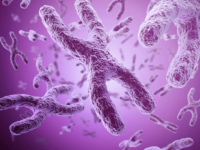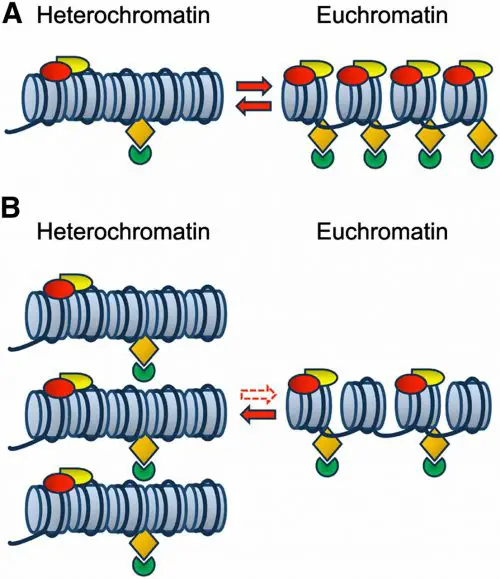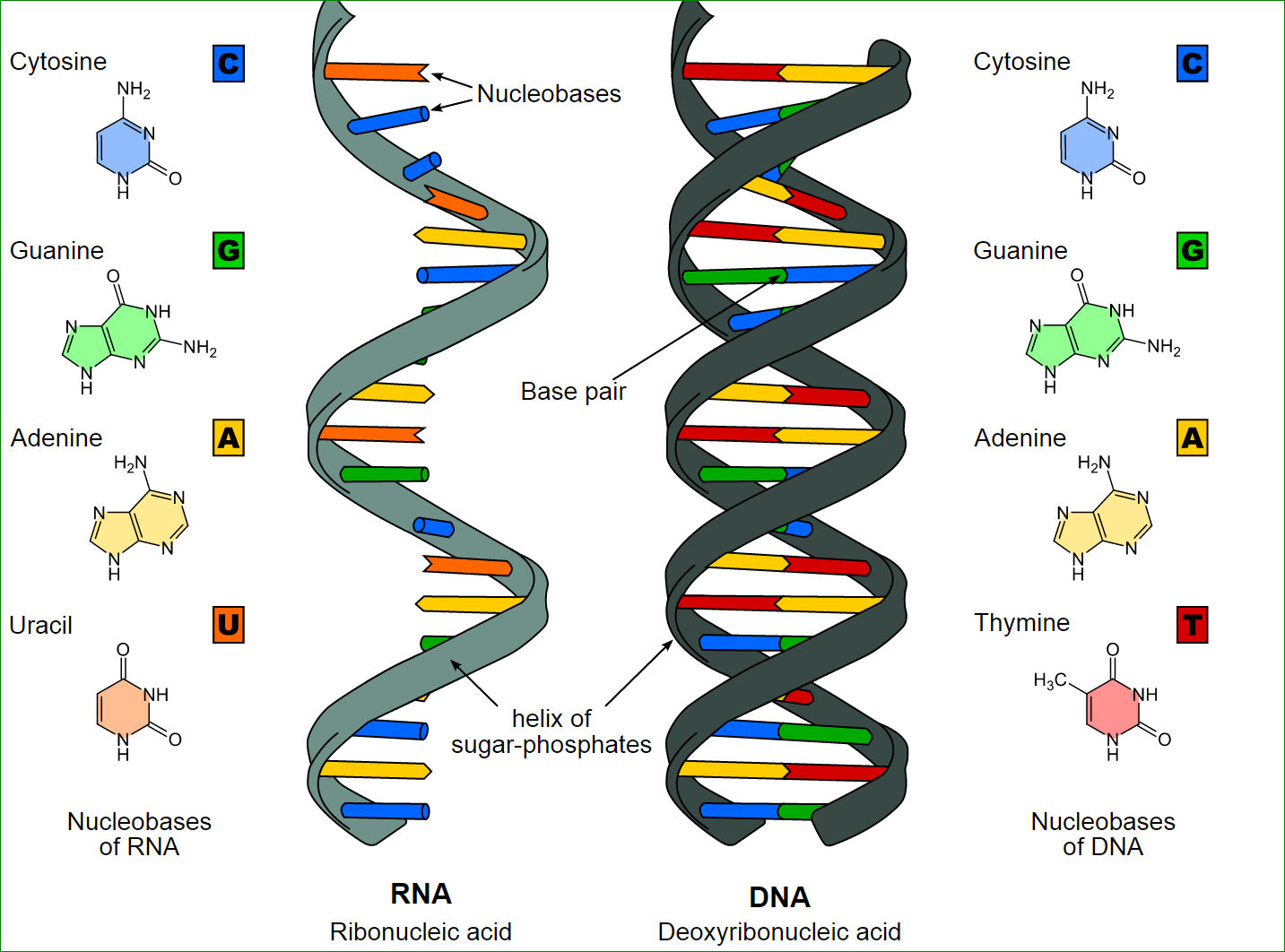
Why do genes come in pairs?
Genes are the basic subunit comprising DNA, which is basically the core make up of every living being. Genes are evidently found in the strands of DNA and RNA. Genes function mainly in coding proteins to make functional RNA chains. As living organisms greatly depend on the presence of genes, genes vitally function in holding information for the cells of the organisms to be built and maintained. It is also responsible for passing genetic traits from the parents to their offspring. The vast majority of living organisms encode their genes in long strands of DNA. When alterations occur on the DNA or alterations are met during the formation of DNA strands, it can be expected that diseases highly related to the structure of genes is the culprit.
The broad explanation regarding the existence of genes is highly attributed to Gregor emdel, who painstakingly took the courage of studying the most basic yet most complex part of living organisms, the genes. According to Mendel, genes naturally come in pairs, which eventually form in groups to reside in a long strand of DNA molecule. Genes come in pairs to obviously represent the two sources, the parent molecules. Each parent contributes a gene to form their offspring. The offspring now obtains a pair of genes coming from the mother and the father, or the parental genes. More so, the genes come in pairs to basically complete the genetic makeup of the offspring being formed. Once the number of genes contained in a single strand of DNA has inconsistencies or is altered, then there is a great tendency for the offspring to have abnormalities during the course of its development.
Despite the highly complex subject, the study of life is one important subject that answers life’s various complexities.












Leave a Reply